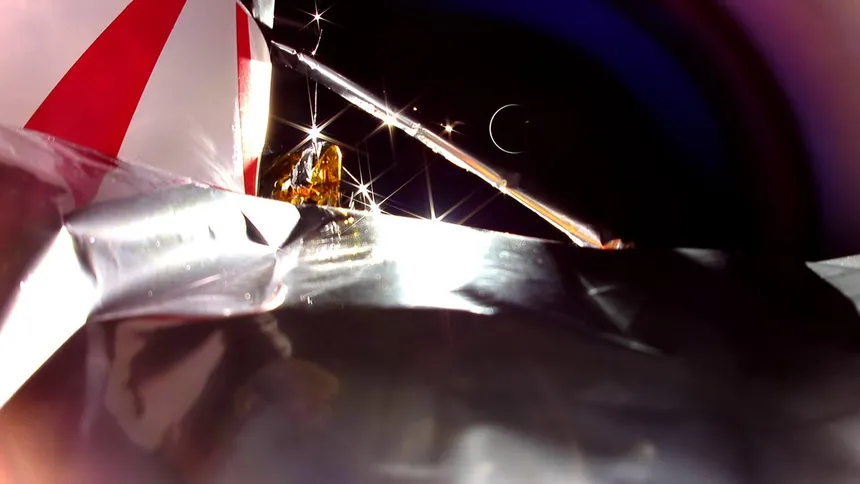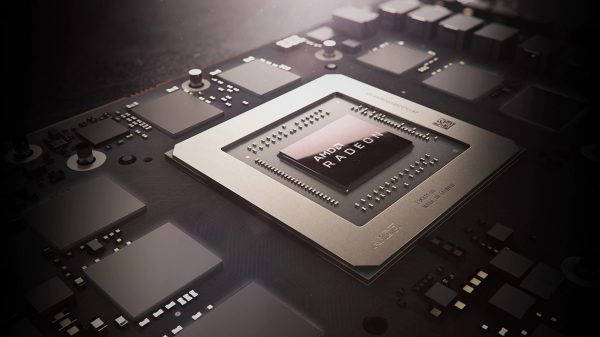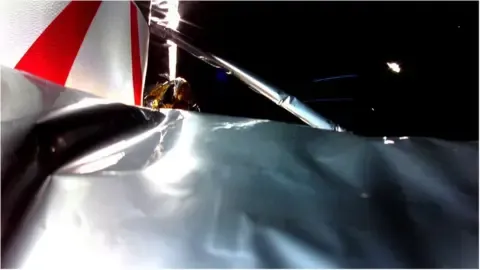Despite being touted as a historic mission that would put the first privately built lander on the moon, Astrobotic’s Peregrine Mission 1 has ended in failure. The spacecraft, which launched on January 8 from the Kennedy Space Center aboard a United Launch Alliance (ULA) rocket, was intended to make a controlled landing on the lunar surface. However, a few hours into its six-week journey, Astrobotic reported a propellant leak, making it impossible for the spacecraft to reach its destination.
The Peregrine lander was carrying 20 payloads for government and commercial customers, including a time capsule containing messages from children around the world. Although the mission was aborted, the spacecraft did manage to transmit a few images back to Earth, including one of the curvature of our planet. This image, described as a “curved sliver” by Astrobotic, was later confirmed to be Earth by the team’s flight dynamics experts.
As the spacecraft continues to gather valuable data, it remains stable and fully charged, with about 36 hours of propellant remaining. According to Astrobotic, the spacecraft will shut down around 7 a.m. on Friday morning. Despite the setback, the team remains upbeat and is using this experience to learn valuable lessons for their next mission, Griffin Lander, which is scheduled to launch in November.
The failure of Peregrine Mission 1 serves as a reminder of the risks involved in space exploration. Despite the best-laid plans, unexpected issues can arise, and it’s how teams respond to these challenges that ultimately determines their success. Astrobotic’s decision to use this experience as an opportunity to learn and improve is a testament to their commitment to pushing the boundaries of space technology.

Astrobotic’s Peregrine Falls Short of Lunar Landing Ambitions
The idea of carrying a time capsule on a lunar mission may seem like a unique and fascinating concept, but it’s not without precedent. In 2013, the Chinese spacecraft Chang’e 3 carried a lunar mission time capsule containing messages from people around the world. Similarly, the Japanese spacecraft Akatsuki, which orbited Venus in 2010, carried a time capsule containing messages from children in Osaka, Japan.
The inclusion of a Japanese soft drink, Pocari Sweat, in the time capsule adds a touch of whimsy to the mission. The cans of Pocari Sweat were provided by Singapore-based Astroscale, which used them to create the “Pocari Sweat Lunar Dream Time Capsule.” The inclusion of this soft drink is a nod to the idea that even the smallest and most mundane objects can hold symbolic significance.
As the Peregrine spacecraft continues to gather data and eventually shuts down, Astrobotic is already looking ahead to its next mission. The Griffin Lander mission, scheduled to launch in November, will attempt to land on the moon once again, this time with a new attitude control system that aims to improve the chances of a successful landing. Despite the disappointment of Peregrine Mission 1, the team remains committed to pushing the boundaries of space technology and exploring the unknown.









































